Drought is defined as the most critical disaster among 31 different natural disasters. Because it develops gradually and its effect is felt in many areas of life. Scientists call it nature’s hidden danger. This danger has now become a closer threat in the world and in Turkey in 2021.
climate crisis He started to feel better. As our country is struggling with a serious drought problem, our water resources are decreasing day by day. Global climate change and temperature increases negatively affect drought and the flow rate of rivers. The flow rate of water in almost all rivers across the country decreased by up to 70%. 60% of the lakes dried up. Experts say in the near future because of the water crisis mass migrations He warns that it will happen.
While it is expected that the average air temperatures in Turkey will increase by 3 degrees after 2030 and there will be negative changes in precipitation climatology; According to experts, one of the biggest problems is living in stream beds. serious pollution. In all recent studies, it is stated that all water resources, especially Ergene, Büyük Menderes, Sakarya and Kızılırmak, are polluted to a certain extent.
The flamingo deaths in Salt Lake had turned the lake, known as the flamingo paradise, into a cemetery. It became a topic on the agenda, it received a lot of reaction, but in fact, this disaster was the tip of the iceberg.
Sensitive Content
hundreds of thousands each year flamingo, while coming to Tuz Gölü for the incubation period from mid-March from the regions where the summer months are hotter, the depletion of water reserves, which is one of the effects of global warming, and heavy water use produces negative effects. These factors affect not only Salt Lake but also other lakes in our country in a frightening way.
Yay Lake in Kayseri was also affected by drought due to decreased rainfall and temperatures above seasonal normals.
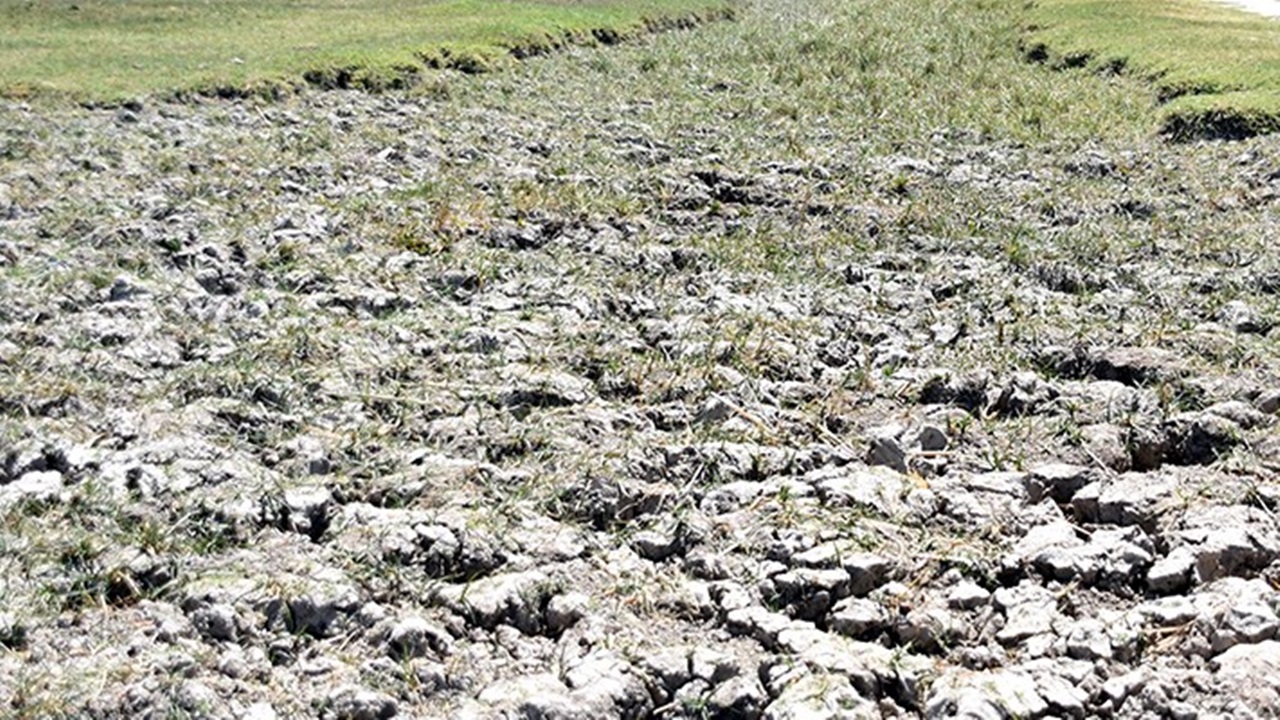
After Lake Manyas with its 301 bird species, Lake Yay near Sultan Marshes, which is Turkey’s second most important bird sanctuary, was left without water. Due to the lack of water around Yay Lake 70% of flamingos migrated to the waters. There is a shortage of water compared to previous years.
Flamingos in Yalıntaş Pond in Nevşehir are also struggling for their lives.
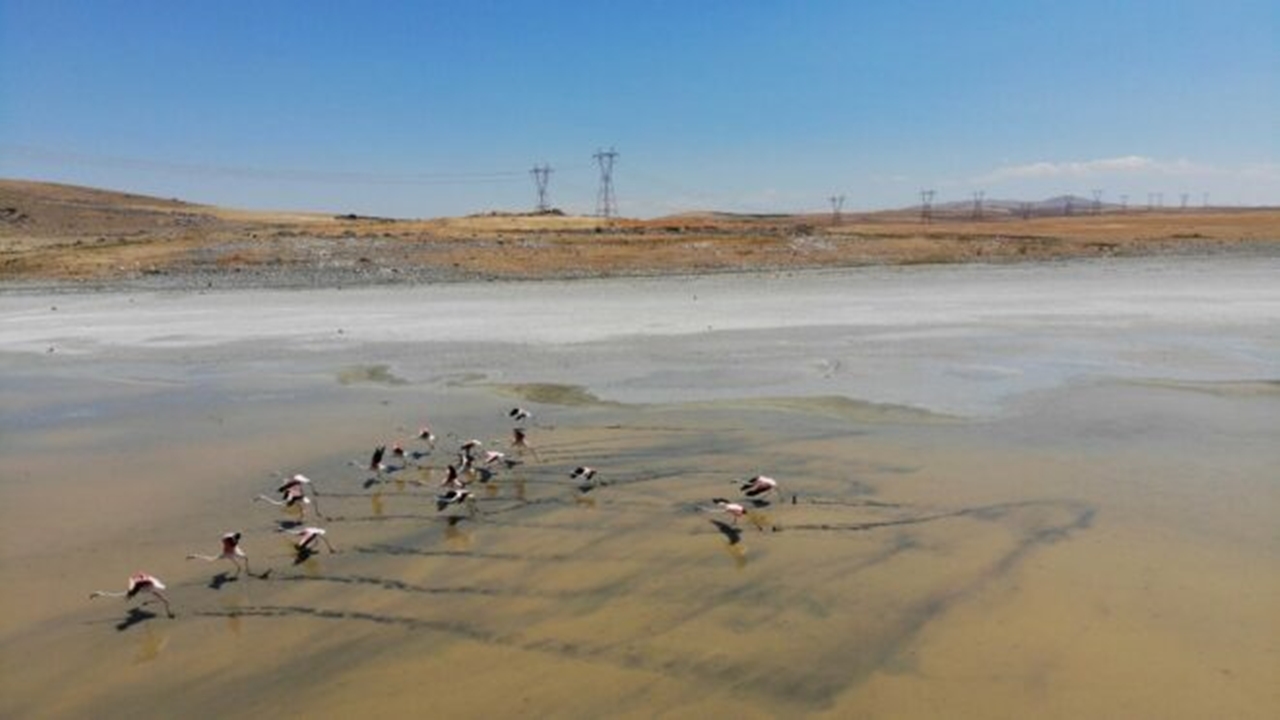
Despite the warnings of experts, the pond is facing drought due to the mistakes that have been applied for years. located around farmers’ unauthorized use of water from the pond and the only source of life for the lake, which could not be fed by natural water resources due to the indiscriminate irrigation of the fields, was rainfall. After the desired rainfall has not been experienced in recent years, the pond and accordingly flamingos It’s almost like it was abandoned to its fate.
The water in Beyşehir Lake, which is the third largest in Turkey and the largest in terms of fresh water, was withdrawn approximately 150 meters from the shore.
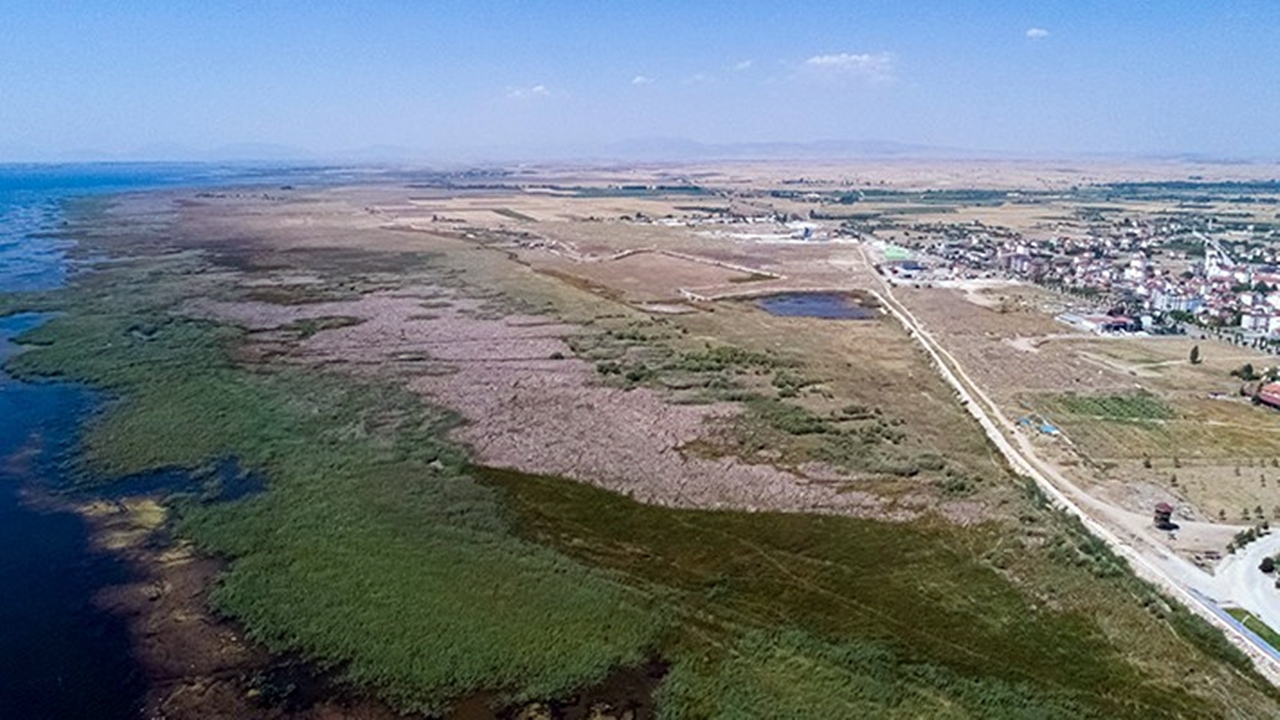
If a serious resource is not provided to the lake and there is no rainy winter this year, the lake will be destroyed. may be on the verge of extinction. Known as Turkey’s largest freshwater lake, Beyşehir Lake, with a surface area of 656 square kilometers, contributes to the irrigation of Çarşamba Stream and Konya Plain, and is the source of livelihood for 466 fishermen. However, climate change and unconscious agricultural irrigation Because of this, the water in the lake withdrew from the shore. This makes fishing difficult.
Marmara Lake is also about to dry completely because Gördes Stream, which should flow into the lake, is kept in the dam.
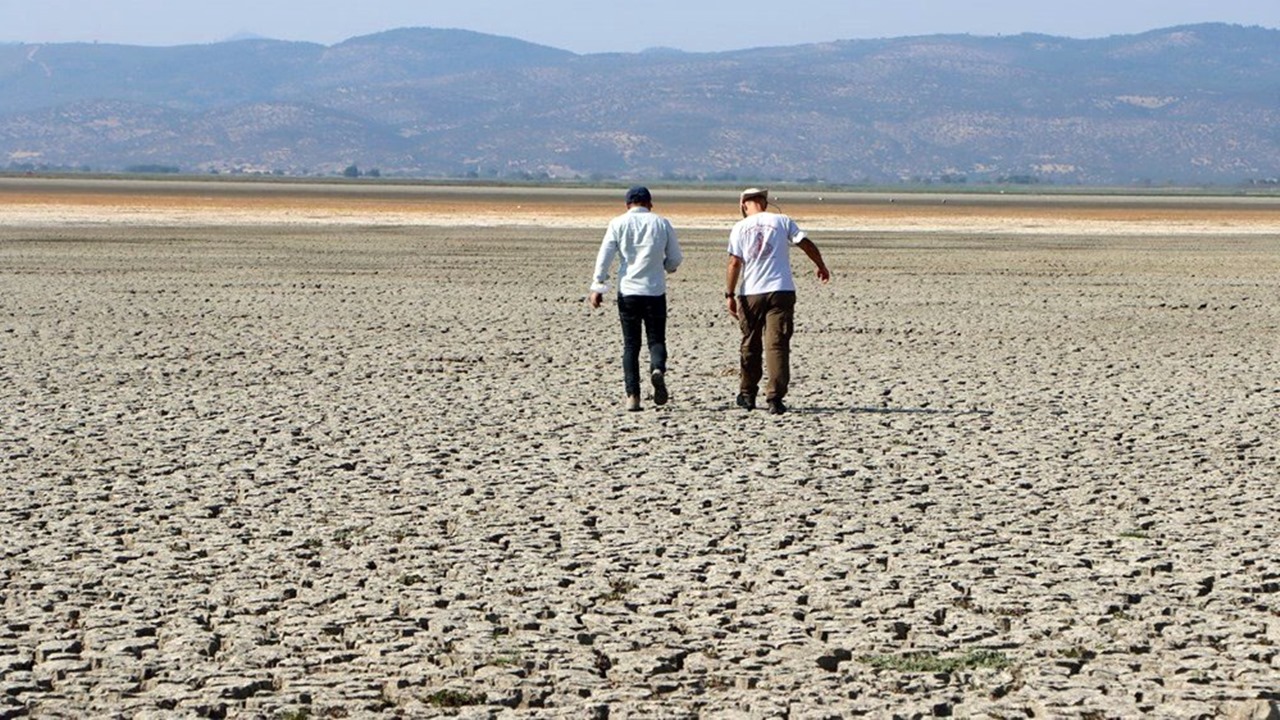
The reason for the drying up of the lake in Manisa is neither the climate crisis nor the drought. State Hydraulic Works due to misapplication in dry condition. Approximately 65,000 waterfowl can be seen in the lake during the winter months. In the winter months, 9% of the world population of the crested pelican species, which is close to extinction, feeds in Marmara Lake and spends the winter there. The drying of the lake has resulted in many problems, especially the pelican. threatens the life of the waterfowl. Both endemic fish species were completely endangered due to the desiccation.
The recessions in Lake Eğirdir in Isparta exceeded 50 meters due to the danger of very severe drying.
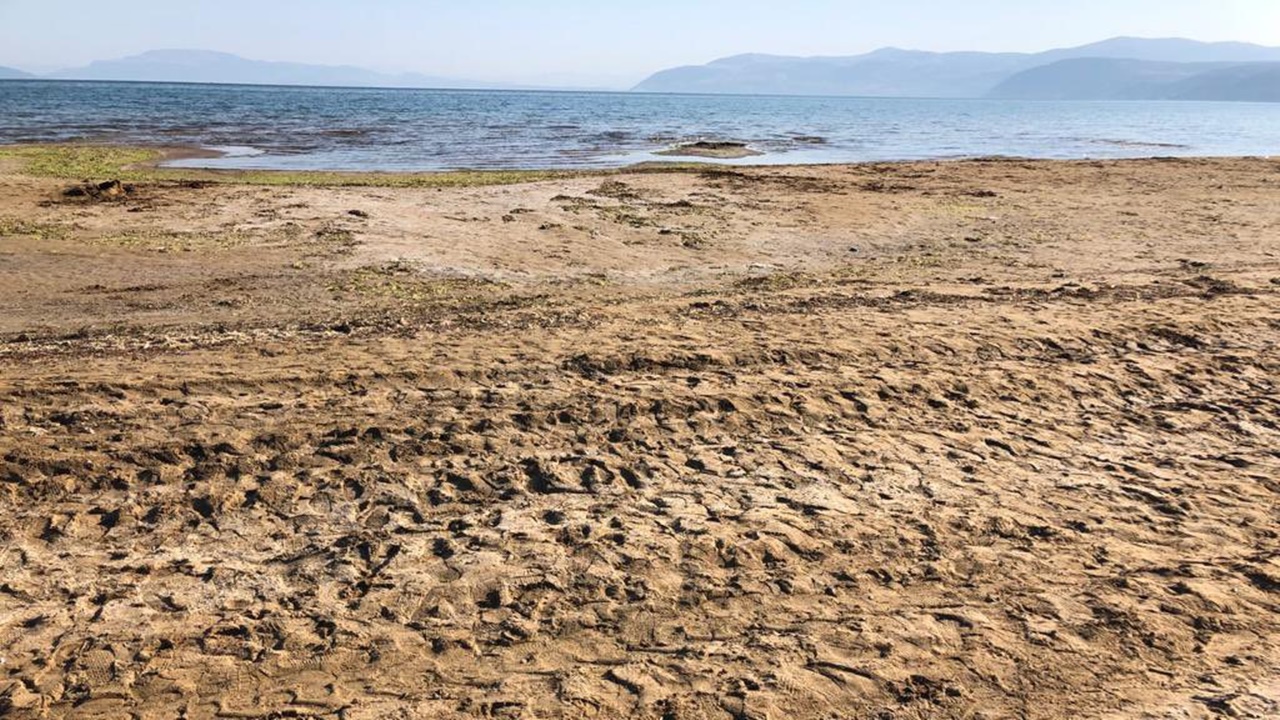
In the ‘Hoyran’ section, which includes the Senarkent, Yalvaç and Gelendost sections, decrease in water level reached 60%. The lake is in danger of splitting into two as ‘Hoyran’ and ‘Egirdir’, as the width of the Kemer Strait, the narrowest point of the lake, which looks like a peanut and consists of two nodes, has decreased. Despite all these data, thousands of acres around wild irrigation of farmland, Chemical wastes and ponds built on the sources feeding the lake pollute and dry up Eğirdir rapidly.
Trying to turn a mill with transport water: As a result of the drying up of the Büyük Menderes River, 200 tankers of water were transported to the river for the tradition of “putting sheep through the water”.
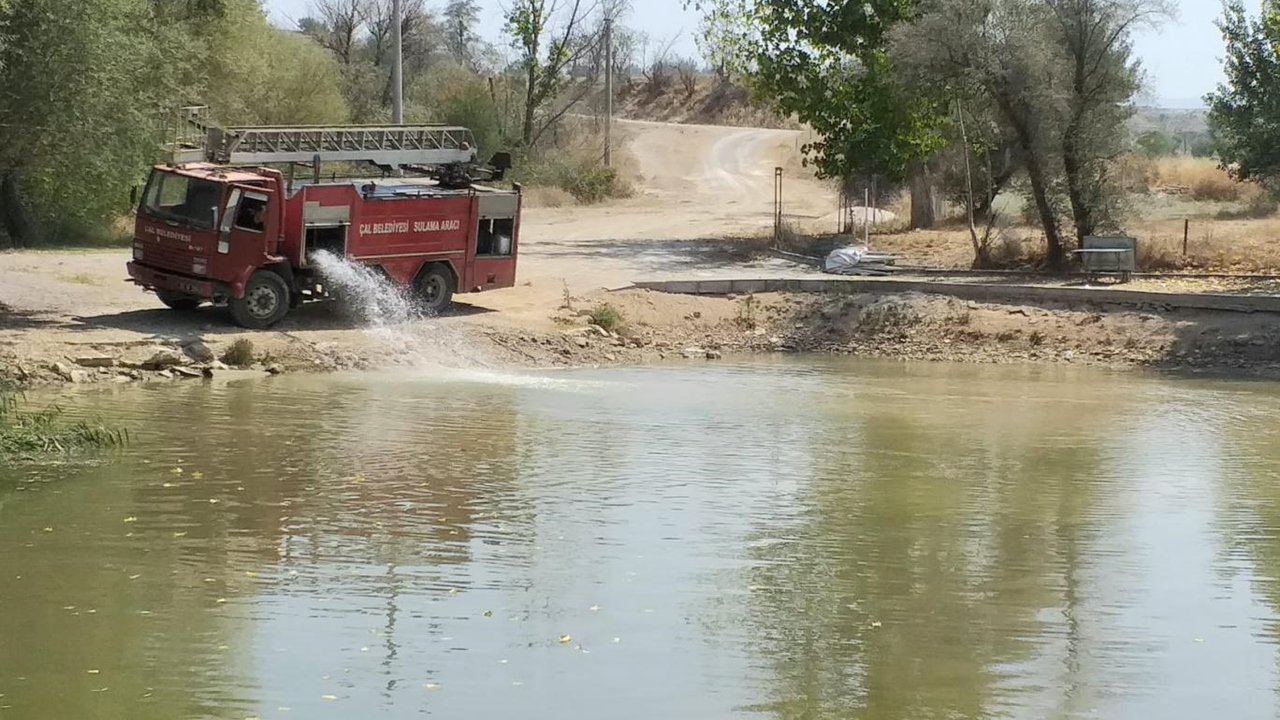
The traditional event, which was held for the 848th time in Denizli, where shepherds compete in their skills in getting their flocks across the river, was held this year under the shade of drought. Since there was no water in the Menderes bed for months, water was carried to the river by tankers. Also this deprived of oxygen due to withdrawal Thousands of fish also died.
In Ardahan, a pond came to the point of drying up due to the extreme heat.
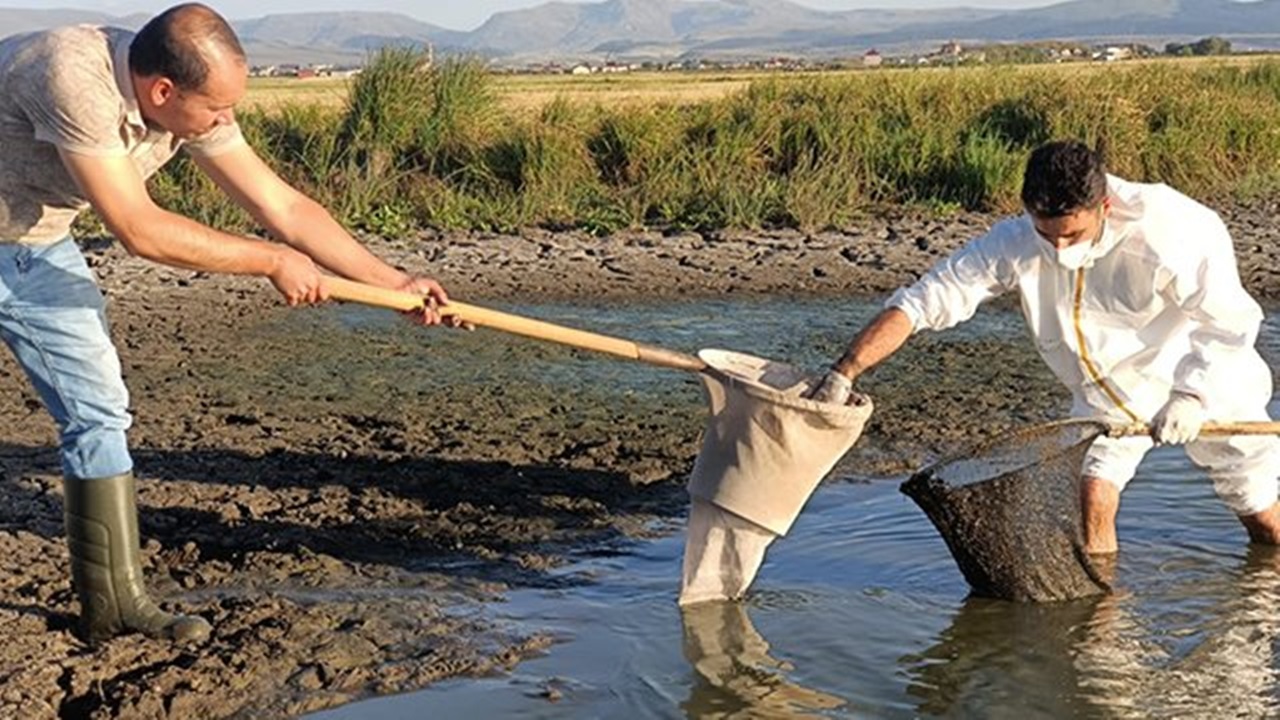
Noticing the fish trapped in the puddles, the villagers carried the fish they filled in buckets to the Kura River, 750 meters away. Of course this was a temporary remedy, It is necessary to talk fundamentally about the problem.
Acıgöl, Turkey’s only closed basin with the world’s second largest clean and natural sodium potential, is dying due to drought and unconscious water consumption.
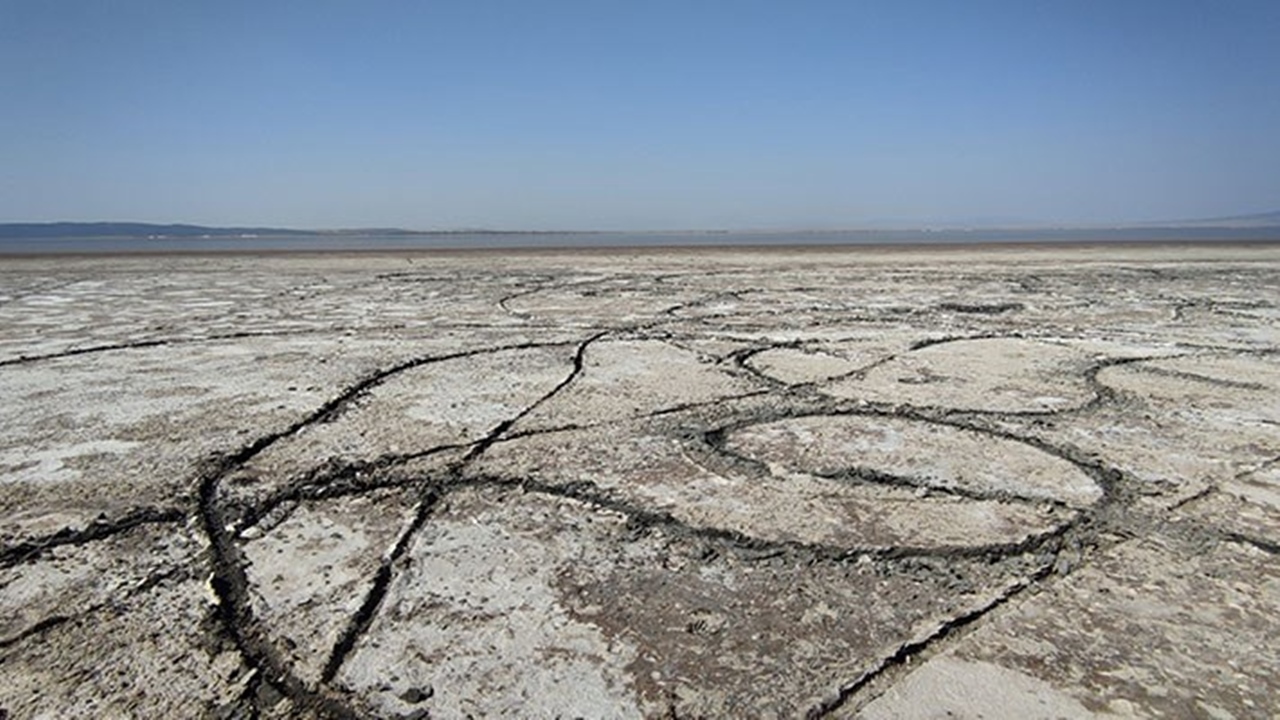
From the 1970s to the present 4 times smaller and the water level of Acıgöl, whose water level decreased by half compared to last May, reveals a frightening sight. In Turkey, 98 percent of sodium sulfate is obtained from natural sources, and 90 percent of this amount is obtained from Acıgöl.
With clean and natural sodium potential 2nd in the world Located in Acıgöl, with its closed basin, it creates a habitat for nearly 200 bird species such as flamingo, stingray, sword, beak, spurred maiden, as well as endemic plants and animal species.
Turkey’s 12th largest lake, Lake Eber, has also started to dry up due to wrong environmental policies.
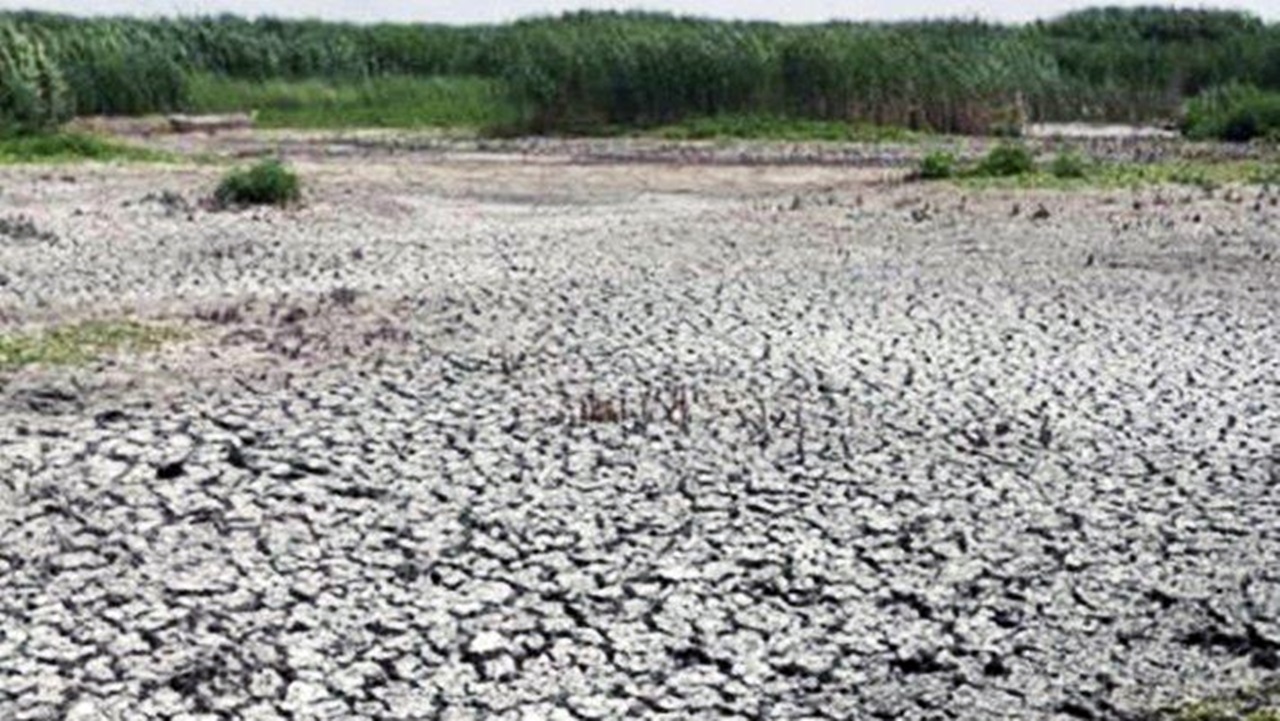
Endemic plant species called Eber Yellow that grows only in Eber Lake is in danger of extinction. There are also pike and carp in this lake. People make a living here, too. Drought due to the impact of the dam, pollution due to the waste of factories. Since Eber also feeds Akşehir Lake, both lakes have been affected by drought and pollution.
Eymir Lake is also polluted: The mucilage-like appearance is due to the increase in cyanobacteria caused by global warming.
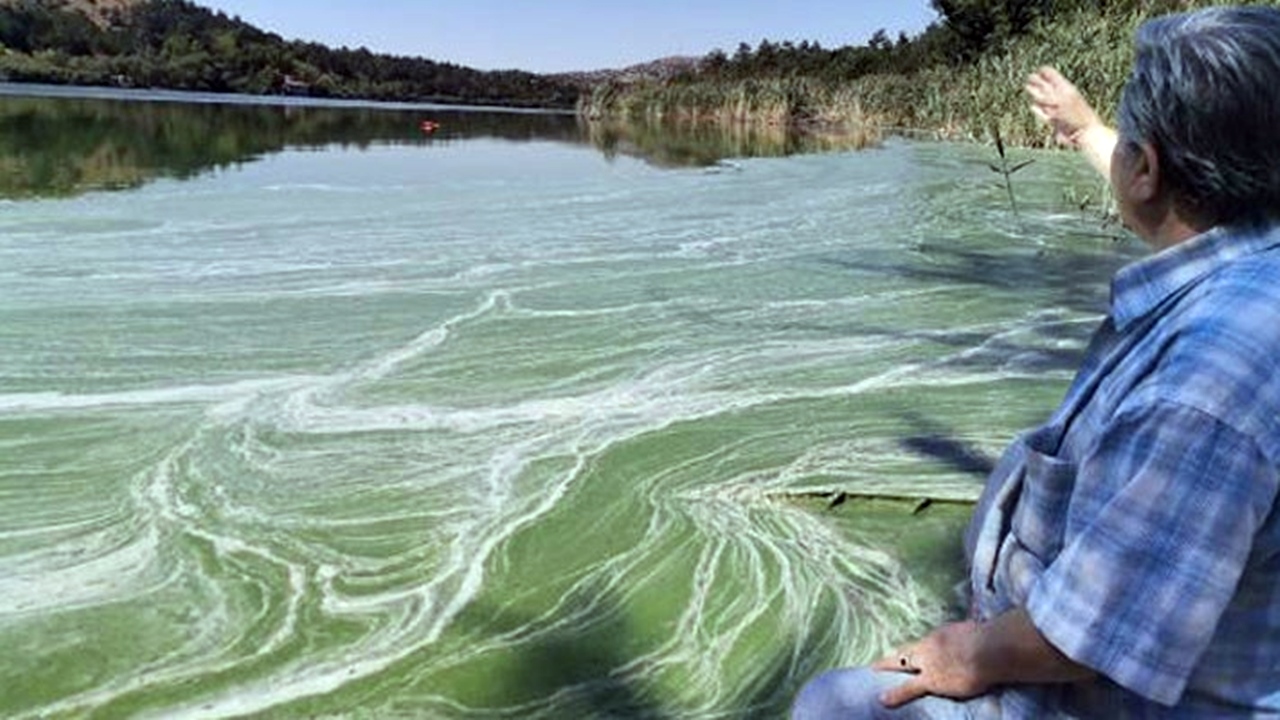
The reason for the pollution in Ankara’s Eymir Lake, which is home to many living things, including bird species, and attracts attention with its natural beauty, is the extreme increase in air temperatures. If there is enough nitrogen and phosphorus in the water and the water heats up quickly cyanobacteria increases excessively.
When the water of the Serpincik Pond in Sivas was withdrawn 30 meters from the shore, the roots of the trees that were under water emerged.
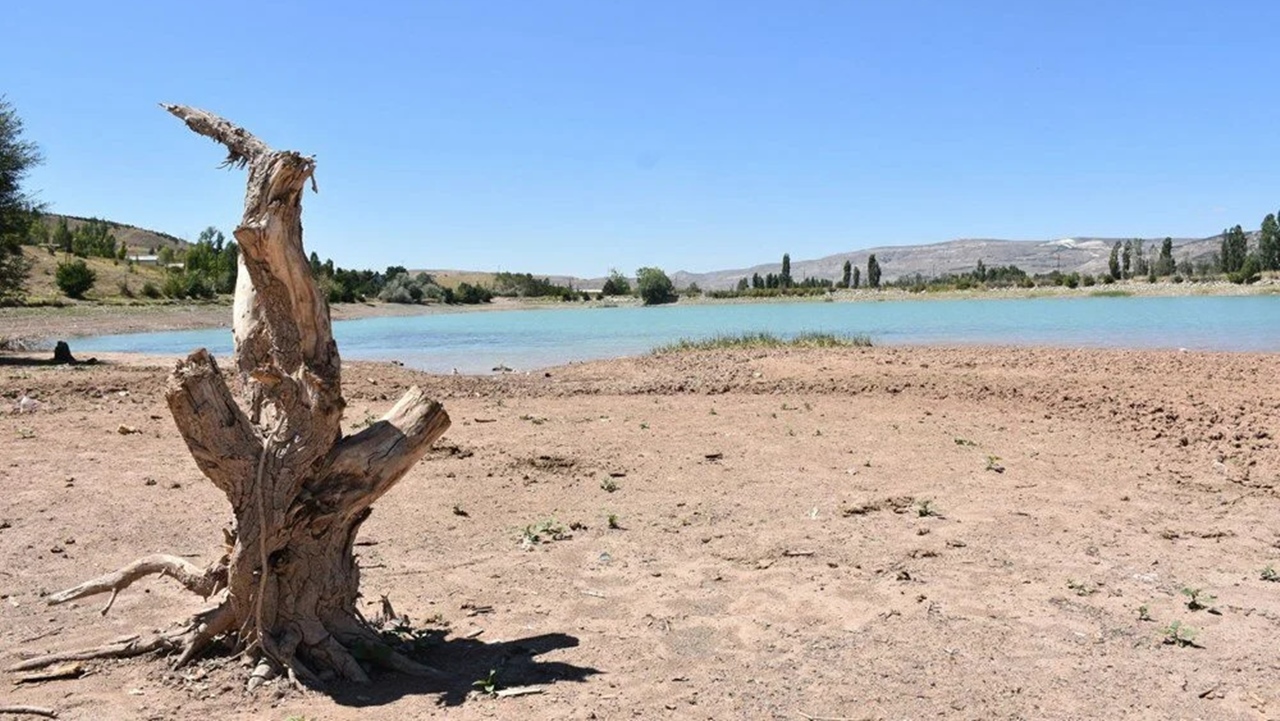
In addition to the extreme heat in July irregular irrigation of farmland It is stated that the water in the pond decreases due to this. The project was prepared to bring it to tourism, but it seems difficult to resist the drought.
Not only lakes and rivers, but also dams are affected by drought. Drought in Konya caused fish deaths in May Dam.
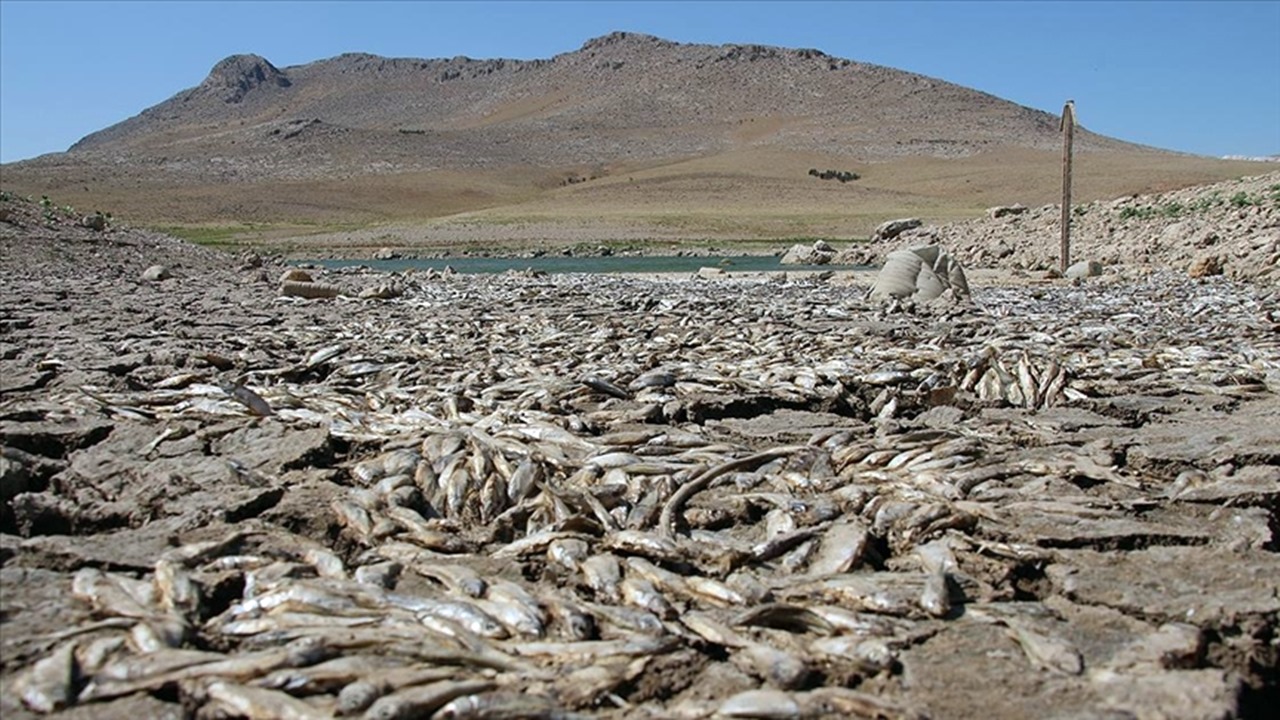
Due to the reduction of oxygen by the withdrawal of water fish deaths it happened. The reason for the high fish deaths this year is the lack of precipitation and the early withdrawal of water. Fish deaths were also seen in previous years, but not as much.
Especially in Eastern Anatolia, Southeastern Anatolia and Eastern Mediterranean regions, the occupancy rates of the dams are well below the seasonal averages.
Occupancy rates in some dams:
• Kozan: 35%
• Yarsel: 28%
• Yayladagi: 26%
• Aslantaş: 53%
• Goalkeeper: 48%
Among the dams in Istanbul, Ömerli is at its peak with an occupancy rate of 48%, while Pabuçdere is the least dam with a occupancy rate of 0.2%.
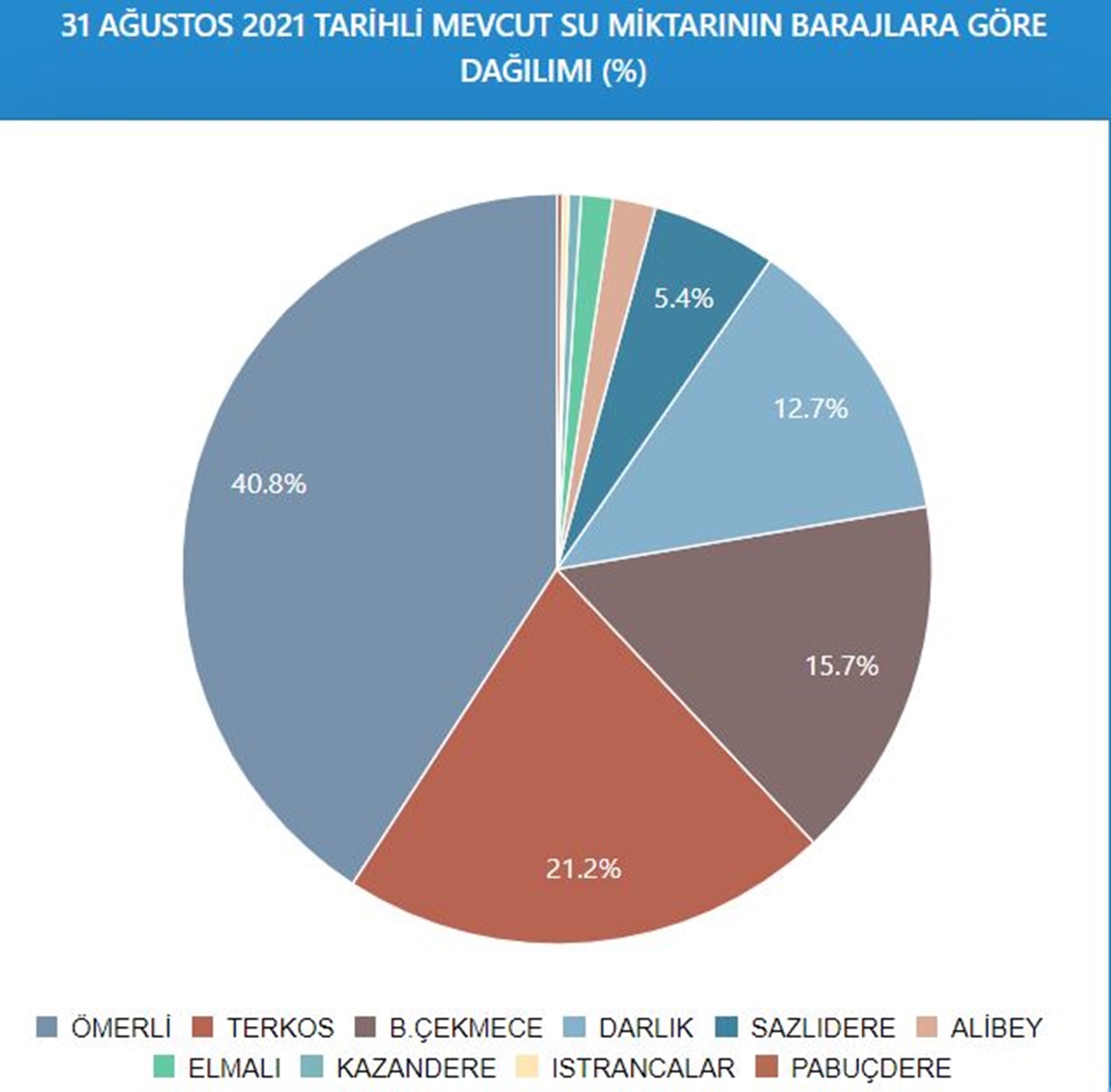
There is a serious water crisis in Turkey. Not only our surface waters, but also our underground waters are under great threat.
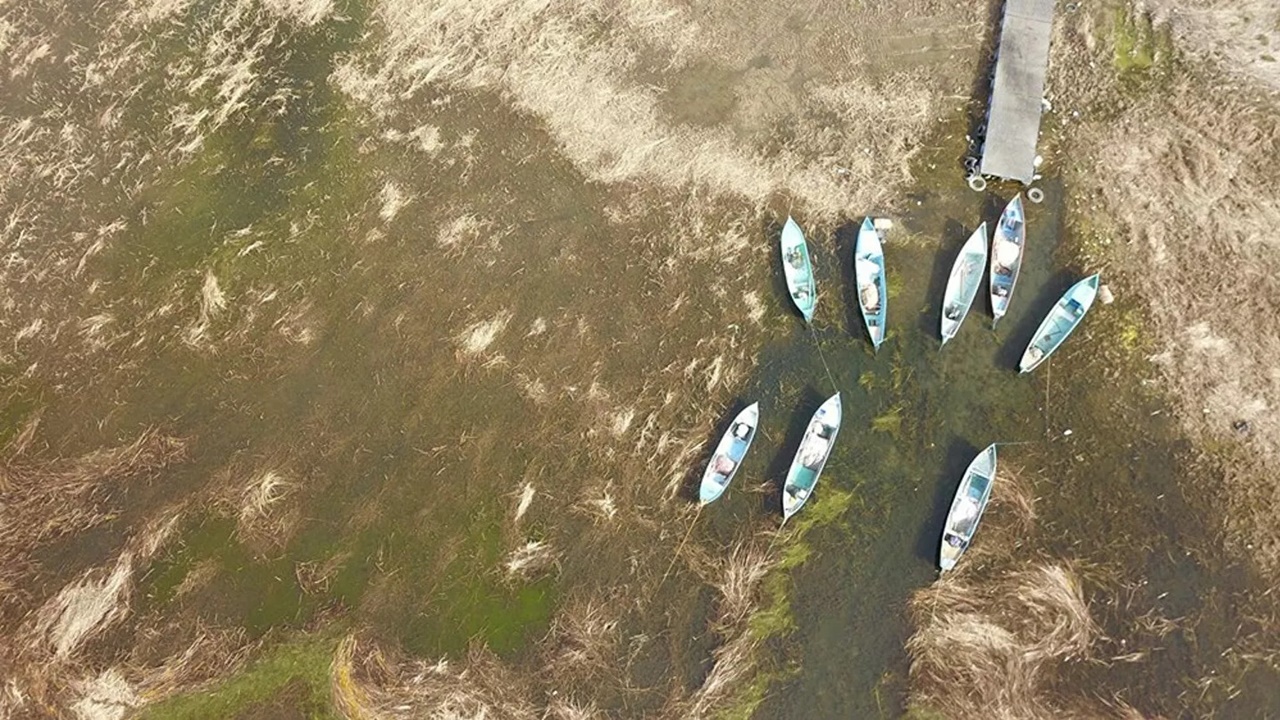
Our country’s underground water management reserve is 17.8 billion cubic meters per year, and the annual total of our country’s consumable surface and underground water potential is 111.8 billion cubic meters. Groundwater meets the water needs of many cities, irrigation systems and industrial facilities. natural water source. It was announced that the total number of wells was 353,933. Our groundwater is under great threat and endangerment. While farmers drew groundwater from 20 meters deep in the past, today from 200 meters They say they had to draw water.
Water is also wasted due to food wastage.

wasted every year in Turkey. 26 million tons of food It is also stated that 26.6 billion cubic meters of water was wasted due to this. It is noted that this amount is more than the active storage volume of the Keban Dam.
In summary; Turkey’s lakes are dying because of both global climate change and wrong policies.
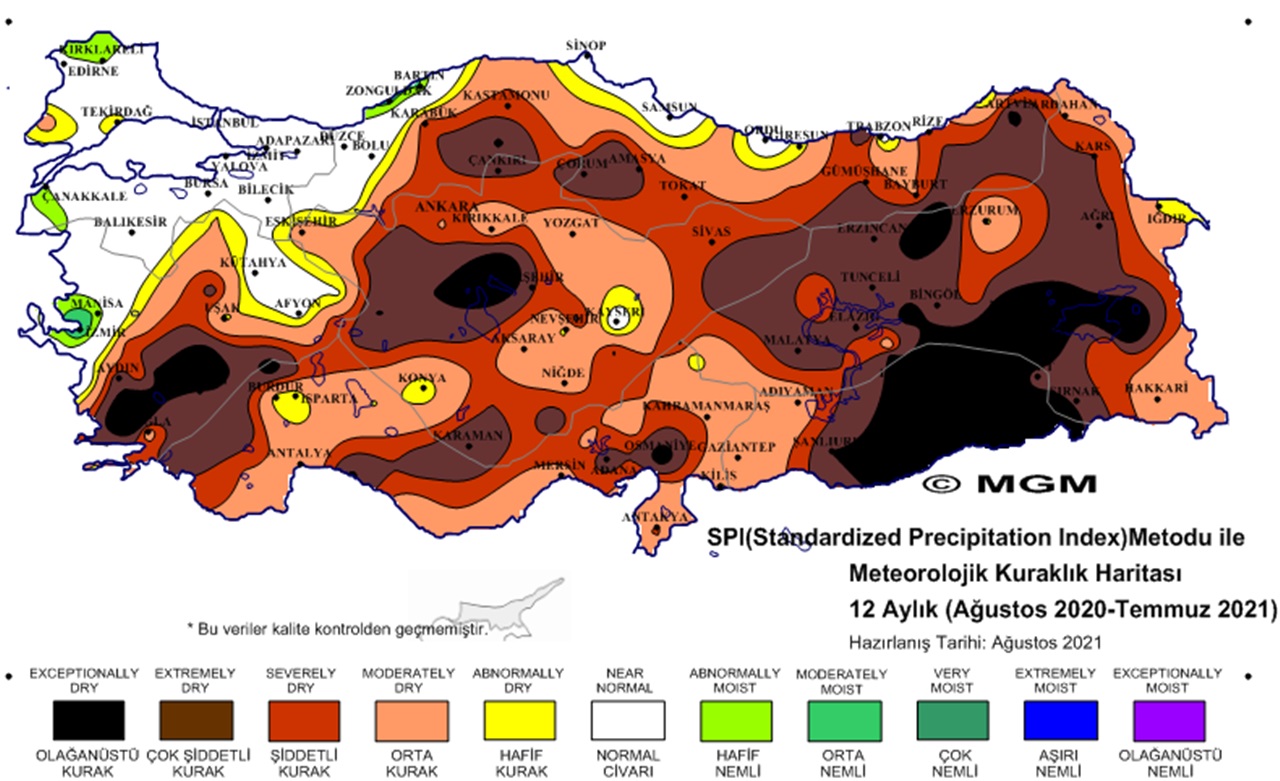
Nearly 300 large and small lakes 60% dried up. The once great lakes are now puddles. Beyşehir, Eğirdir, Hunting, Seyfe, Reeds Kulu, Sarıgöl, Yarislı, Kurugöl, Kırkpınar, Acıgöl, Uyuz, Suğla, Meke, Güvenç, Sasam, Kocagöl, Karagöl, Hotamış Reeds, Salt Lake, Small Lake and more…
The rivers in the Susurluk, Malatya Arapgir, Gümüşhane Kelkit, Bingöl Karlıova, Muğla Milas and Kahramanmaraş Çağlayancerit Basin are among the worst-off sources. Each of them is getting closer to extinction day by day.
Source: General Directorate of Meteorology, Doğa Derneği, BirGün, Independent Turkish, Sputnik News, Hürriyet, BBC Turkish, K2 News, İSKİ, Sözcü, NTV, AA, Gazete Wall
